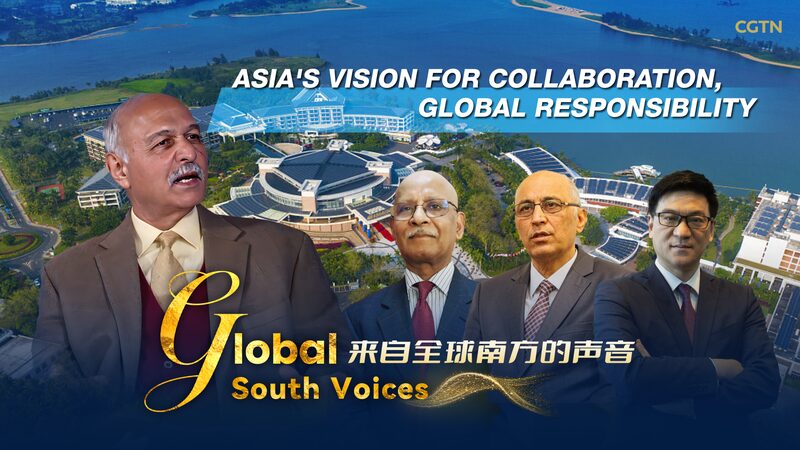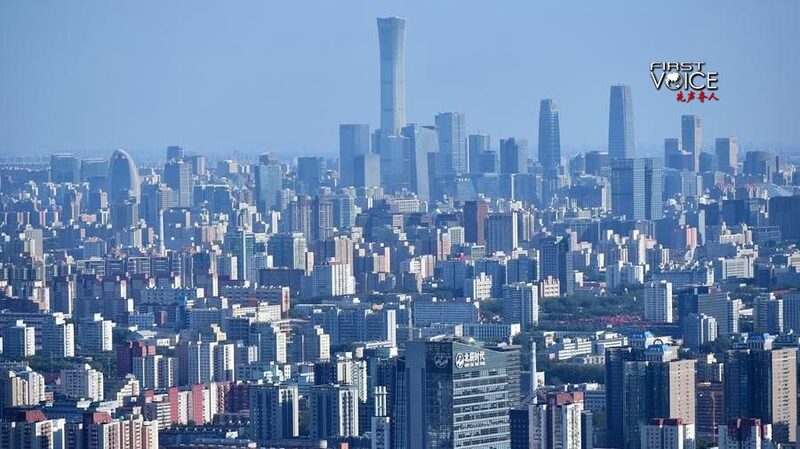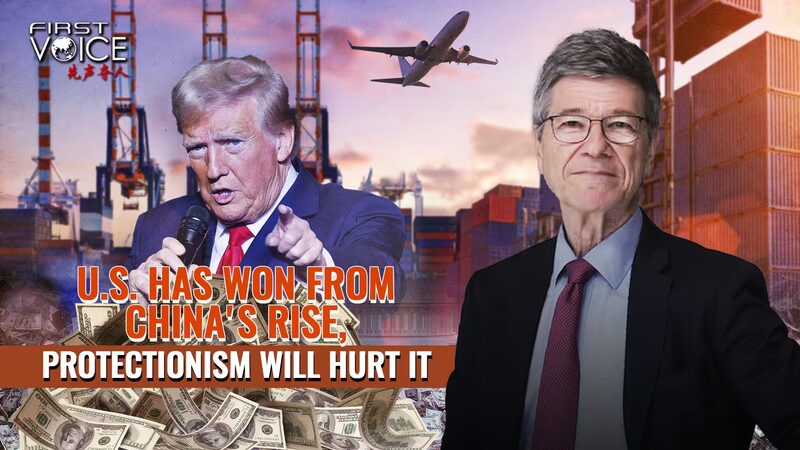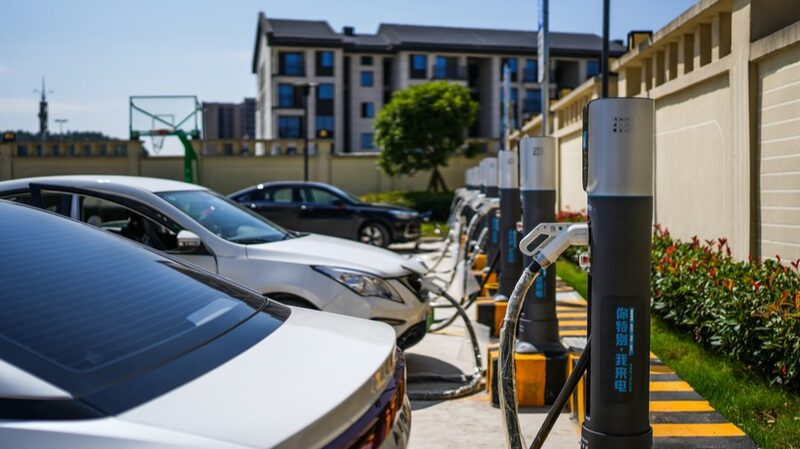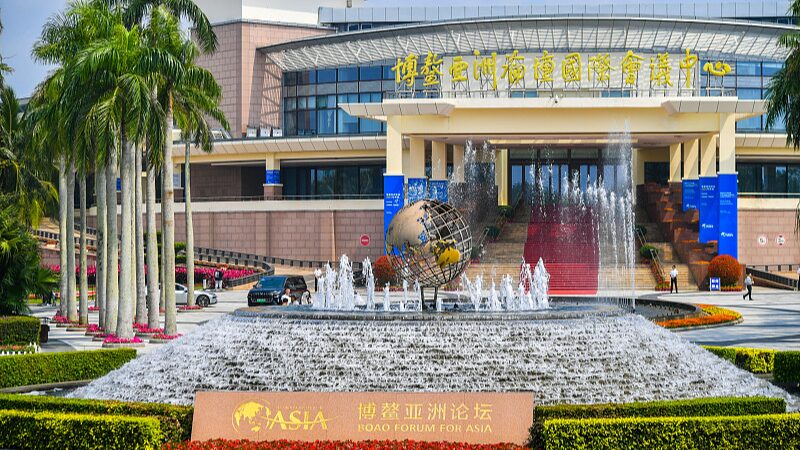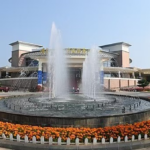As global trade faces growing headwinds from rising protectionism, Asian economies are emerging as critical players in revitalizing multilateral cooperation. The 2025 Boao Forum for Asia’s latest report highlights the region’s accelerating pivot toward innovation-driven growth and sustainable strategies, even as external pressures reshape economic priorities.
Amid escalating tariffs and geopolitical tensions—particularly U.S.-led protectionist measures—the forum underscores Asia’s expanding role in stabilizing global supply chains. China, India, and Southeast Asian nations now account for over 60% of global economic growth, with advances in AI, green tech, and cross-border digital infrastructure reshaping regional collaboration.
The Chinese mainland’s response to trade restrictions offers a case study in balancing resilience with openness. Recent measures include tariff exemptions for imports from 40+ least-developed countries and a 15% corporate tax cut for high-tech manufacturers. These steps aim to counterbalance what experts call a “fragmented international trade system.”
However, challenges persist. Nearly 30% of Asia’s export-reliant economies report declining manufacturing orders, per Boao data. The report advocates for accelerated implementation of the Regional Comprehensive Economic Partnership (RCEP) and expanded currency-swap agreements to buffer against dollar volatility.
As Wang Huiyao, president of the Center for China and Globalization, notes: “Asia’s ability to harmonize competition with cooperation will define this decade’s economic architecture.” With climate financing mechanisms and digital trade rules topping regional agendas, the continent’s policy innovations may yet recalibrate globalization itself.
Reference(s):
The outlook for multilateralism under the shadow of protectionism
cgtn.com

